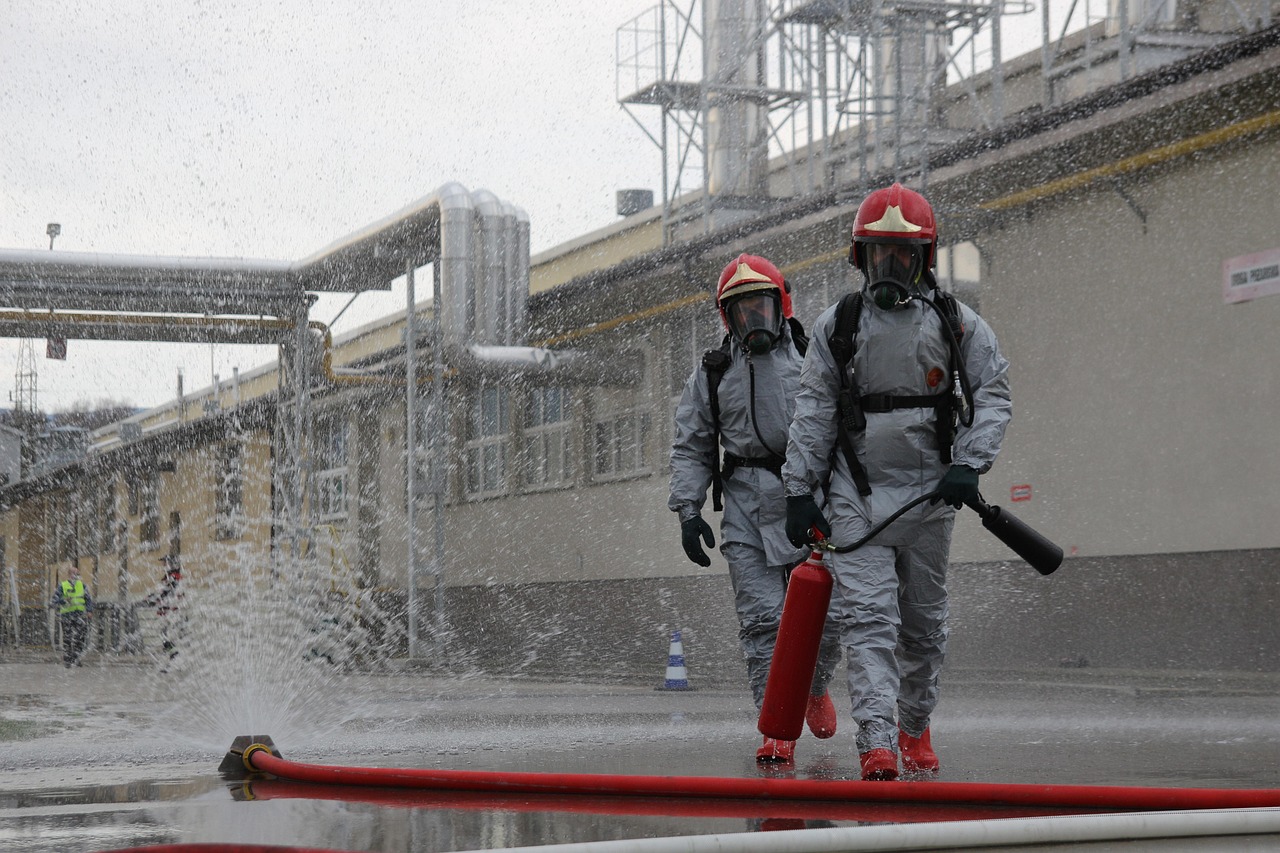Dinas Damkar Batam and the Elimination of Bee Nests in Waterways
In recent weeks, Dinas Damkar (the Fire and Rescue Department) of Batam has taken proactive measures to address public safety concerns regarding the proliferation of bee nests, particularly in areas adjacent to water bodies. This initiative highlights the importance of maintaining community health and safety while managing local wildlife.
The Importance of Managing Bee Populations
Bee populations, while crucial for pollination and the ecosystem, can pose risks when their nests are situated too close to human activity. Particularly, bees such as the Asian giant hornet, which is known for its aggressive behavior, can cause serious harm if their nests are disturbed. The proximity of these nests to residential areas, especially near rivers and ponds, raises alarms for residents about potential stings and allergic reactions.
Dinas Damkar’s Approach
Dinas Damkar Batam has employed a multi-faceted strategy to safely and effectively remove bee nests from high-risk areas. This strategy includes the following steps:
-
Assessment of Locations: The first step in the process involves conducting a thorough assessment of reported locations. Community members can report sightings of bee nests, particularly those in waterways, by contacting the Dinas Damkar. Trained personnel then evaluate the situation to determine the best course of action.
-
Site Preparation: Once a location is deemed hazardous, the area is prepared for removal operations. This includes informing nearby residents about the planned activity and ensuring that the area is evacuated for safety.
-
Deployment of Specialized Teams: Dinas Damkar deploys specialized teams equipped with protective gear and insecticide sprays to handle the removal process. These teams are trained to identify different bee species and recognize their behavior patterns, ensuring that they respect and protect beneficial species while targeting aggressive ones.
-
Safe Nest Removal: In cases where nests need to be removed, the teams carefully approach and use methods that minimize disturbance to the bees. Techniques may include using a vacuum system to safely extract nests without harming the insects or surrounding wildlife.
-
Cleaning and Restoration: After successfully removing the nests, the teams clean the area to remove any pheromones that could attract other bees. They also assess the environment for any vulnerabilities to prevent future nesting.
Recent Operations in Batam
In a recent operation, Dinas Damkar responded to several reports of nests located near popular fishing spots along the rivers of Batam. These areas are frequented by families and children, making prompt action crucial. The team not only removed the nests but also engaged with local residents to educate them on identifying potential bee nests and the importance of notifying authorities without delay.
Community Education and Awareness
Dinas Damkar prioritizes public education as part of their operational mandate. Public workshops and outreach programs have been initiated, focusing on:
- The ecological role of bees.
- First aid for bee stings.
- Safe practices when encountering bee nests.
This educational outreach aims to cultivate a better understanding of local wildlife and foster a cooperative relationship between the community and the environment.
Collaboration with Wildlife Experts
Recognizing the critical balance between human safety and ecological health, Dinas Damkar collaborates with entomologists and wildlife experts. These partnerships provide valuable insights into sustainable bee management practices. By working alongside experts, Dinas Damkar ensures that their removal strategies are not only effective but also ethical.
The Role of Technology
Innovations in technology are playing a role in enhancing Dinas Damkar’s operations. The use of drones for aerial surveys helps identify potential nesting sites quickly, allowing teams to assess hazardous areas in real-time. Additionally, mobile applications have been developed for residents to report bee sightings efficiently, providing a streamlined communication channel that promotes faster response times.
Environmental Considerations
While the immediate goal is to ensure public safety, Dinas Damkar is also committed to ensuring that bee populations are managed without harming the ecosystem. Strategies employed emphasize non-lethal methods whenever feasible, focusing on relocation rather than extermination, supporting efforts to maintain ecological balance.
Conclusion: Looking Ahead
As Batam continues to grow, the demand for effective wildlife management strategies will only increase. Dinas Damkar Batam’s initiatives to manage bee populations not only safeguard residents but also promote a harmonious living environment where humans and nature can coexist. Ongoing community education, technological advancement, and collaboration with experts will pave the way for effective management of urban wildlife in Batam. The commitment shown by Dinas Damkar sets a precedent for similar initiatives in other regions, promoting public health and ecological stewardship.





